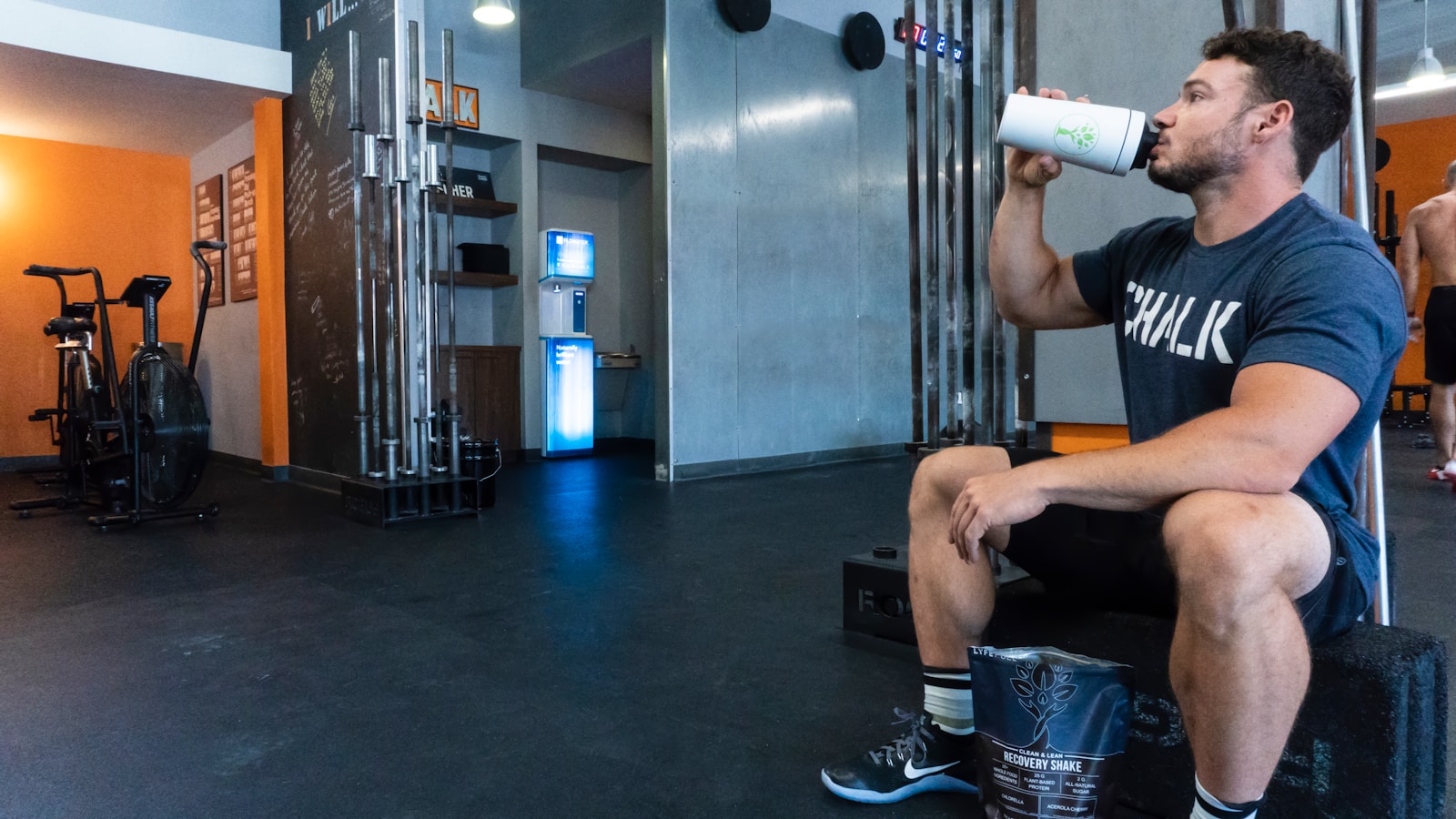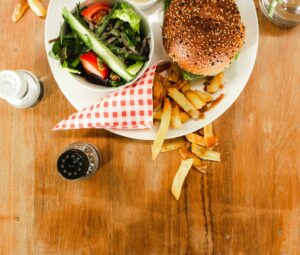![]()
The Optimal Timing for Protein Shakes: Before or After Your Workout?
When it comes to building muscle and optimizing your workout performance, the timing of your protein intake is a crucial consideration. Many people wonder whether it’s better to have a protein shake before or after their workout. The answer depends on your specific goals and preferences, but research suggests that the total daily protein intake is more important than the timing of when you consume it.
Understanding Protein Needs for Exercise
Protein is essential for muscle repair and growth, and people who exercise regularly have higher protein needs than sedentary individuals. The recommended daily allowance (RDA) for protein is 0.36 grams per pound (0.8 grams per kg) of body weight. However, research suggests that people who strength train may need double the RDA, or 0.72 grams per pound (1.6 grams per kg), to support muscle recovery and growth. To optimize results, it’s best to spread your protein intake over 3-4 meals consumed every 3-4 hours. Protein shakes can be a convenient way to supplement your diet and help you meet your daily protein goals, either as a snack or around your workout.
The Anabolic Window: Myth or Reality?
Many people believe that there is a narrow “anabolic window” of time after a workout during which your muscles are primed to absorb protein and grow. It was previously thought that protein had to be consumed within 30 minutes of a workout for your body to effectively utilize it and build muscle. However, recent research suggests that this anabolic window may not be as limited as once believed. One study compared the effects of consuming protein either before or after a workout on muscle strength and size.
The researchers split 21 men into two groups, both of which received a protein shake containing 25 grams of protein. One group consumed the shake before their workout, while the other group had it after. After 10 weeks, both groups showed similar increases in muscle strength and size, suggesting that the timing of protein intake may not be as critical as previously thought.
Pre-Workout Protein Shakes
While the timing of protein intake may not be as important as once believed, some people still prefer to have a protein shake before their workout. Here are a few reasons why:
- Provides a readily available source of amino acids: Consuming a protein shake before your workout can help ensure that there are amino acids circulating in your bloodstream to support muscle protein synthesis during and after exercise.
- Helps prevent muscle breakdown: Having protein in your system before a workout may help minimize muscle breakdown that occurs during exercise.
- Boosts energy levels: Combining protein with carbohydrates in a pre-workout shake can provide a steady source of energy to fuel your workout.
Post-Workout Protein Shakes
Many people still prefer to have a protein shake after their workout for a few key reasons:
- Supports muscle recovery and growth: Consuming protein after exercise provides the building blocks needed for muscle repair and growth.
- Helps replenish glycogen stores: Combining protein with carbohydrates in a post-workout shake can help replenish glycogen stores depleted during exercise.
- Keeps you feeling full: The protein in a post-workout shake can help keep you feeling full and satisfied, which may be beneficial for weight management.
The Bottom Line
While the timing of protein intake may not be as critical as once believed, having a protein shake either before or after your workout can still be beneficial. The most important factor is to consume enough protein throughout the day to support your fitness goals, whether that’s building muscle, losing fat, or maintaining overall health.
If you prefer to have a protein shake before your workout, opt for one that digests slowly, such as a casein protein shake. For post-workout, whey protein is a great choice due to its fast absorption rate and high bioavailability. Ultimately, the best time to have a protein shake is the time that works best for you and your lifestyle. Experiment with different timing and see what works best for your body and your goals.
Read more: Healthy Meal Plans for Weight Loss

